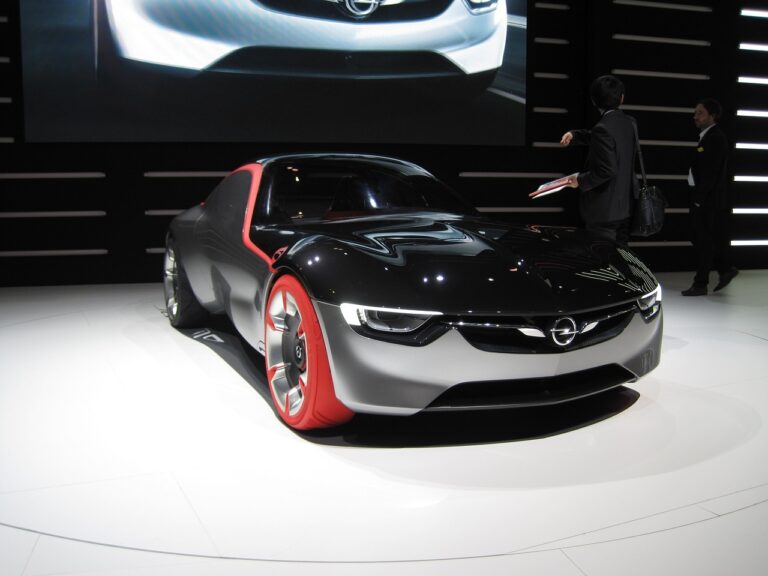Analyzing the Success of Electric Vehicle Incentive Programs
Electric vehicle adoption has been steadily increasing in recent years, with more consumers opting for eco-friendly transportation options. The advancements in electric vehicle technology, coupled with a growing emphasis on sustainability, have contributed to the surge in EV sales globally. As the infrastructure for electric vehicles continues to improve, including the expansion of charging stations and battery range capabilities, more drivers are making the switch to electric vehicles.
One key driver of the growing adoption of electric vehicles is the decrease in manufacturing costs, making EVs more accessible to a wider range of consumers. Additionally, the increasing number of automakers introducing electric models into their lineup has provided consumers with a more diverse selection of electric vehicles to choose from. With governments around the world setting ambitious targets to reduce carbon emissions, the increased availability and affordability of electric vehicles are expected to continue driving the trend towards electrification in the automotive industry.
Government Incentives for Electric Vehicles
Government incentives play a crucial role in driving the adoption of electric vehicles (EVs) in today’s automotive market. These incentives can come in the form of tax credits, rebates, grants, or subsidies that aim to make EVs more affordable and attractive to consumers. By reducing the upfront cost of purchasing an EV, government incentives help to level the playing field between conventional vehicles and their cleaner counterparts.
In addition to making EVs more financially accessible, government incentives also serve to incentivize consumers to make the switch to electric transportation. Incentive programs can encourage individuals to overcome the initial hesitance or skepticism they may have about transitioning to an unfamiliar technology. By rewarding EV purchasers with financial benefits, governments are effectively nudging consumers towards choosing a more sustainable mode of transportation for the benefit of the environment and society as a whole.
• Government incentives for electric vehicles include tax credits, rebates, grants, and subsidies
• These incentives aim to make EVs more affordable and attractive to consumers
• By reducing upfront costs, government incentives level the playing field between conventional vehicles and EVs
• Incentive programs encourage consumers to overcome hesitance or skepticism about transitioning to electric transportation
• Governments effectively nudge consumers towards choosing a more sustainable mode of transportation with financial benefits
Impact of Incentive Programs on EV Sales
Electric vehicle sales have been on the rise in recent years, with government incentive programs playing a significant role in driving this growth. Incentives such as tax credits, rebates, and discounts have made electric vehicles more affordable for consumers, making them a more attractive option compared to traditional gasoline-powered vehicles. As a result, sales of electric vehicles have seen a notable increase in markets where these incentive programs are in place.
In addition to making electric vehicles more affordable, incentive programs have also helped raise awareness about the environmental benefits of driving an electric vehicle. By offering incentives to consumers, governments are not only encouraging the adoption of cleaner transportation options but also promoting sustainability and reducing greenhouse gas emissions. This combination of financial incentives and environmental awareness has contributed to the steady growth of electric vehicle sales worldwide.
What are some current trends in electric vehicle adoption?
Electric vehicle adoption is steadily increasing worldwide, with more consumers opting for EVs due to their environmental benefits and lower operating costs.
What kind of government incentives are available for electric vehicles?
Government incentives for electric vehicles often include tax credits, rebates, grants, and special driving privileges such as access to HOV lanes and free parking.
How do incentive programs impact electric vehicle sales?
Incentive programs have been shown to significantly boost electric vehicle sales, as they help to reduce the upfront cost of purchasing an EV and make them more attractive to consumers.
Are there any downsides to incentive programs for electric vehicles?
Some critics argue that incentive programs for electric vehicles can be costly for governments and may not always be the most effective way to promote EV adoption. However, overall, they have been successful in encouraging more people to choose electric vehicles.







